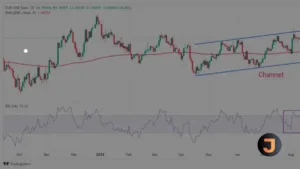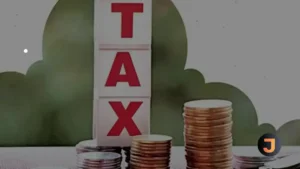In the intricate world of business, understanding the nuances of a lease is crucial for both corporate entities and individual entrepreneurs. The lease definition encompasses a contractual agreement where one party, the lessor, grants the other party, the lessee, the right to use an asset for a specified period in exchange for payment. This arrangement is foundational in various sectors, from real estate to equipment leasing, and understanding its implications can significantly impact financial planning and operational efficiency.
Unpacking Lease Meaning
At its core, the lease meaning extends beyond mere possession. It involves a legal relationship that dictates terms and conditions under which the lessee can utilize the asset. This relationship is governed by lease agreements that outline responsibilities, such as maintenance, insurance, and adherence to specific usage guidelines. For businesses, comprehending what is a lease and its associated obligations can lead to more informed decision-making and better resource management.
Leases come in various forms, each tailored to meet different needs:
- Operating Lease: Typically used for short-term leasing of assets like office equipment or vehicles. The lessor retains ownership, and the asset is returned at the end of the lease term.
- Finance Lease: Often utilized for long-term asset acquisition. The lessee assumes many of the risks and rewards of ownership, and the asset may transfer to the lessee at the end of the lease term.
- Real Estate Lease: Common in commercial property agreements, where businesses lease office spaces or retail locations. These leases can be complex, involving clauses related to rent escalation, property improvements, and renewal options.
The strategic use of leases allows businesses to manage cash flow more effectively by spreading out payments over time rather than making large upfront investments. This financial flexibility can be particularly advantageous for startups and growing companies that need to allocate capital efficiently.
However, it’s essential to recognize that leases also come with potential drawbacks. For instance, long-term leases can become burdensome if market conditions change or if the leased asset becomes obsolete. Additionally, lease agreements often include penalties for early termination or failure to comply with terms, which can pose financial risks.
In conclusion, understanding what is a lease and its various forms is vital for navigating the business landscape. By leveraging leases strategically, companies can optimize their operations while maintaining financial agility. However, it’s equally important to carefully evaluate lease agreements to mitigate potential risks and ensure alignment with long-term business goals.






